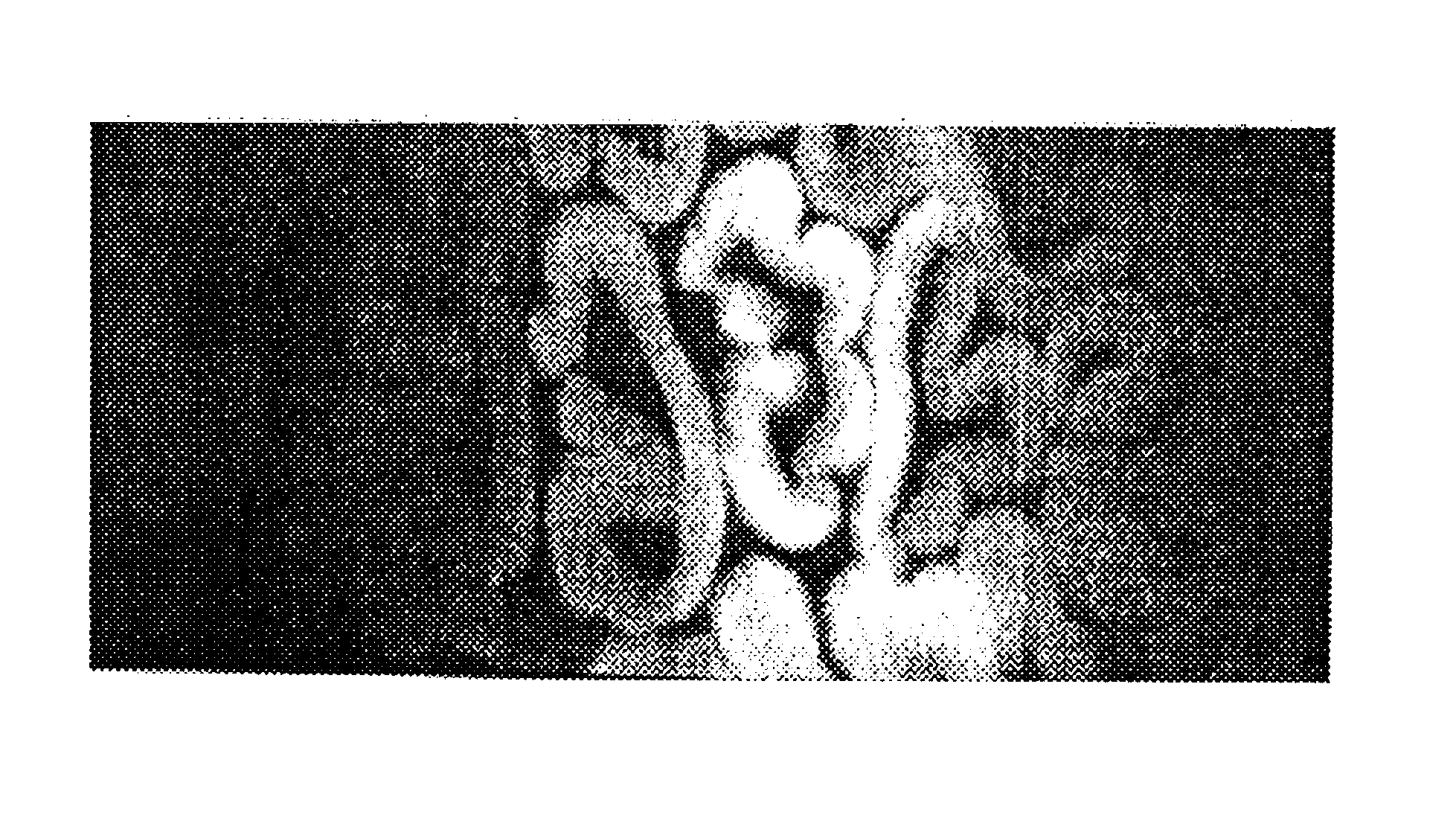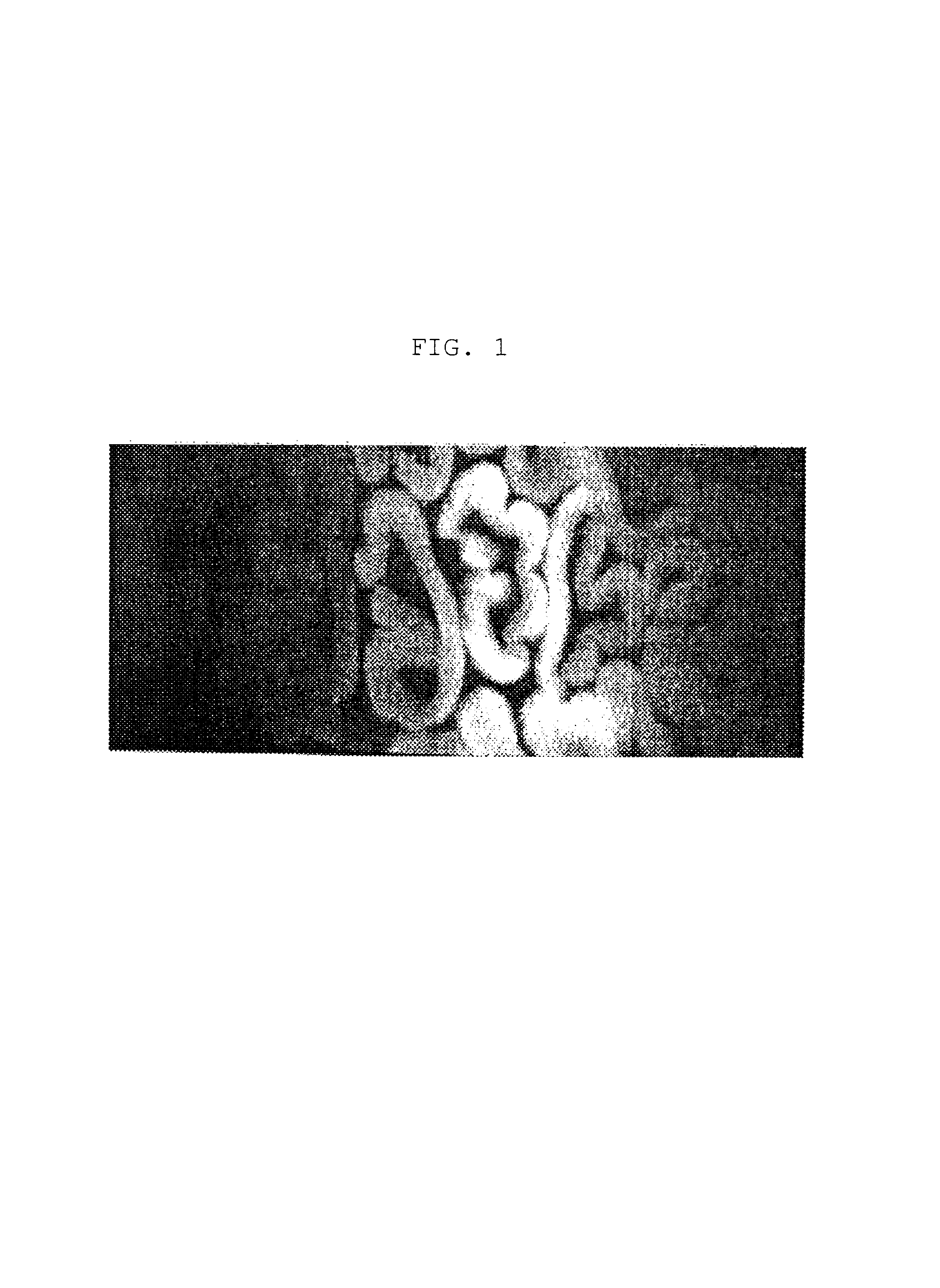Method for producing hollow rayon fibers
- Summary
- Abstract
- Description
- Claims
- Application Information
AI Technical Summary
Benefits of technology
Problems solved by technology
Method used
Image
Examples
example
5-shaft satin fabrics (warp 150 d / 33 f, warp density 193 ply / inch, weft 150 d / 33 f, weft density 90 ply / inch) comprising diacetate fibers with an degree of acetyl substitution of 2.55 (acetification of 56.9%) were scoured and dried. Into a liquid dyeing machine were charged the satin fabrics and water, along with NaOH at an amount of 10 to 40 wt % based on diacetate, followed by temperature elevation from 30.degree. C. to 98.degree. C. at a rate of 2.degree. C. / min. After the maximum temperature was maintained for 30 min, the temperature was allowed to decrease to 30.degree. C. at a rate of 2.degree. C. / min. Following the drainage of the liquid, the remaining alkali was removed by washing with water. Next, the fibers drawn out of the machine were dried. Saponification condition and weight loss of cellulose diacetate fibers are described in Table 1, below.
Obtained through the saponification were partially saponified fibers with a weight loss of 10 to 40% based on the weight of the in...
PUM
| Property | Measurement | Unit |
|---|---|---|
| specific gravity | aaaaa | aaaaa |
| temperature | aaaaa | aaaaa |
| temperature | aaaaa | aaaaa |
Abstract
Description
Claims
Application Information
 Login to View More
Login to View More - R&D
- Intellectual Property
- Life Sciences
- Materials
- Tech Scout
- Unparalleled Data Quality
- Higher Quality Content
- 60% Fewer Hallucinations
Browse by: Latest US Patents, China's latest patents, Technical Efficacy Thesaurus, Application Domain, Technology Topic, Popular Technical Reports.
© 2025 PatSnap. All rights reserved.Legal|Privacy policy|Modern Slavery Act Transparency Statement|Sitemap|About US| Contact US: help@patsnap.com



